Heads Up, Pet Parents: Your Guide to Nailing Autumn Safety
There’s something about that first crisp autumn morning, isn’t there? But for those of us who’ve spent years in the veterinary world, that crisp air also brings a very predictable wave of emergency phone calls. While we’re all out there enjoying the pumpkin spice and crunchy leaves, our pets are navigating a whole new world of potential trouble.
In this article
This isn’t a guide meant to scare you. Honestly, it’s the exact opposite. This is the practical, no-fluff advice I’d give to a friend, built on seeing too many preventable accidents. My goal is to walk you through the real-world risks so you can sidestep them entirely and just enjoy the season with your furry best friend, worry-free.
The Sweet-Tasting Danger in the Driveway: Antifreeze
Let’s get the scariest one out of the way first. Ethylene glycol poisoning is, frankly, one of the most devastating things to witness. It’s the main ingredient in most automotive antifreeze, and it’s a perfect storm of danger: it has a sweet taste that dogs and even cats are drawn to, and it is lethally potent.
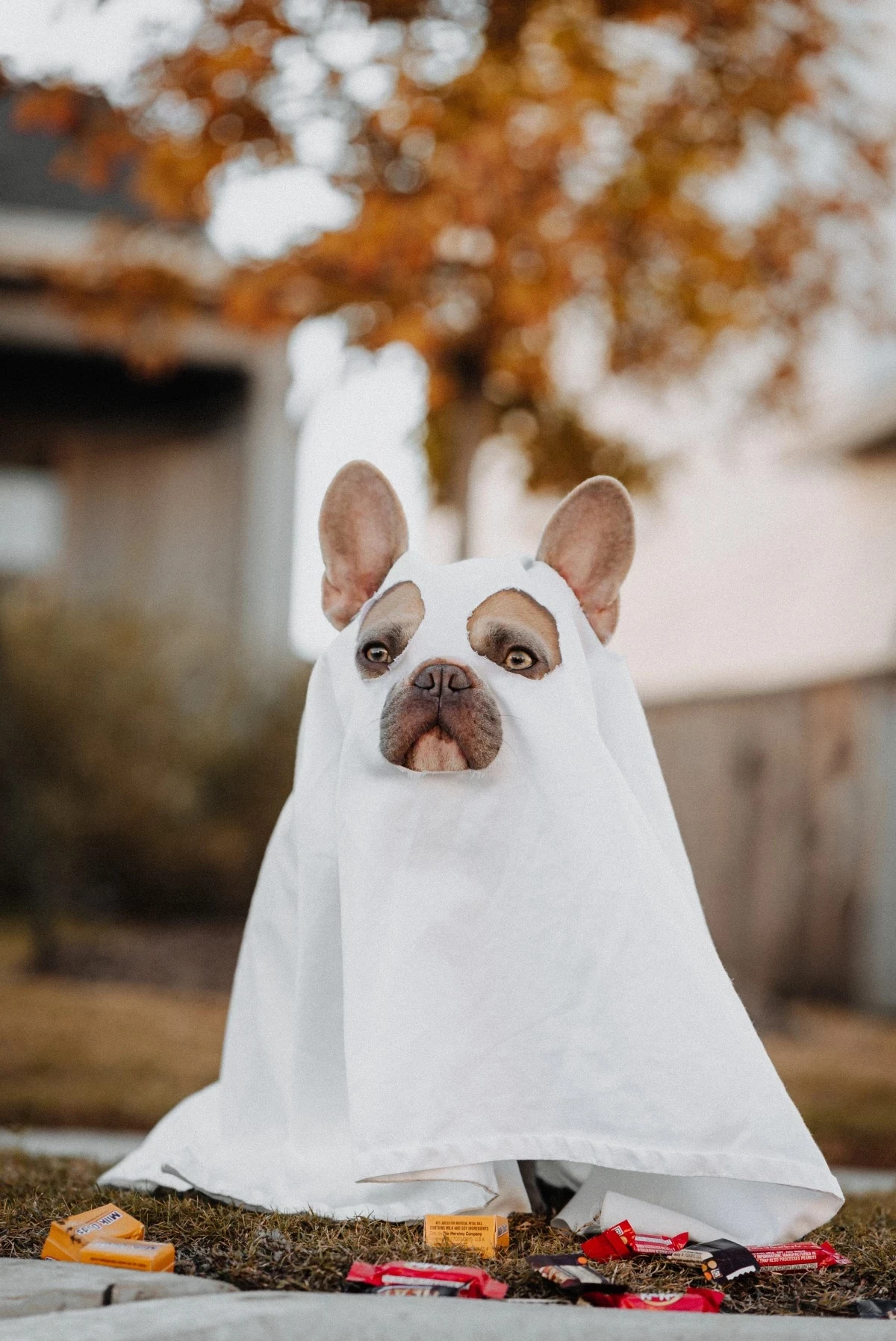
Just to be crystal clear, we’re not talking about them drinking a whole bowl. For context, less than a single teaspoon can be fatal to a cat, and just a few tablespoons can kill a medium-sized dog. A tiny lick from a puddle left by a leaky car is all it takes.
What It Actually Does to Them
When a pet swallows this stuff, their body metabolizes it into compounds that form sharp, microscopic crystals. Think of them as tiny shards of glass that travel to the kidneys, where they literally shred the delicate tissues. This causes sudden, irreversible kidney failure. It’s a fast and agonizing process.
The progression is what tricks a lot of owners. It comes in three stages:
- First Hour or So: The pet acts ‘drunk’—stumbling, wobbly, maybe they’ll vomit. Many people think they just ate something weird and will sleep it off.
- The Deceptive Lull (up to 24 hours later): They might actually seem to get better. This is the most dangerous phase because owners relax, but internally, the toxic process is in full swing and the kidneys are under attack.
- The Crash (24-72 hours later): This is when acute kidney failure sets in. The pet becomes incredibly sick, lethargic, and may have seizures. By this point, the damage is done, and it’s often too late.
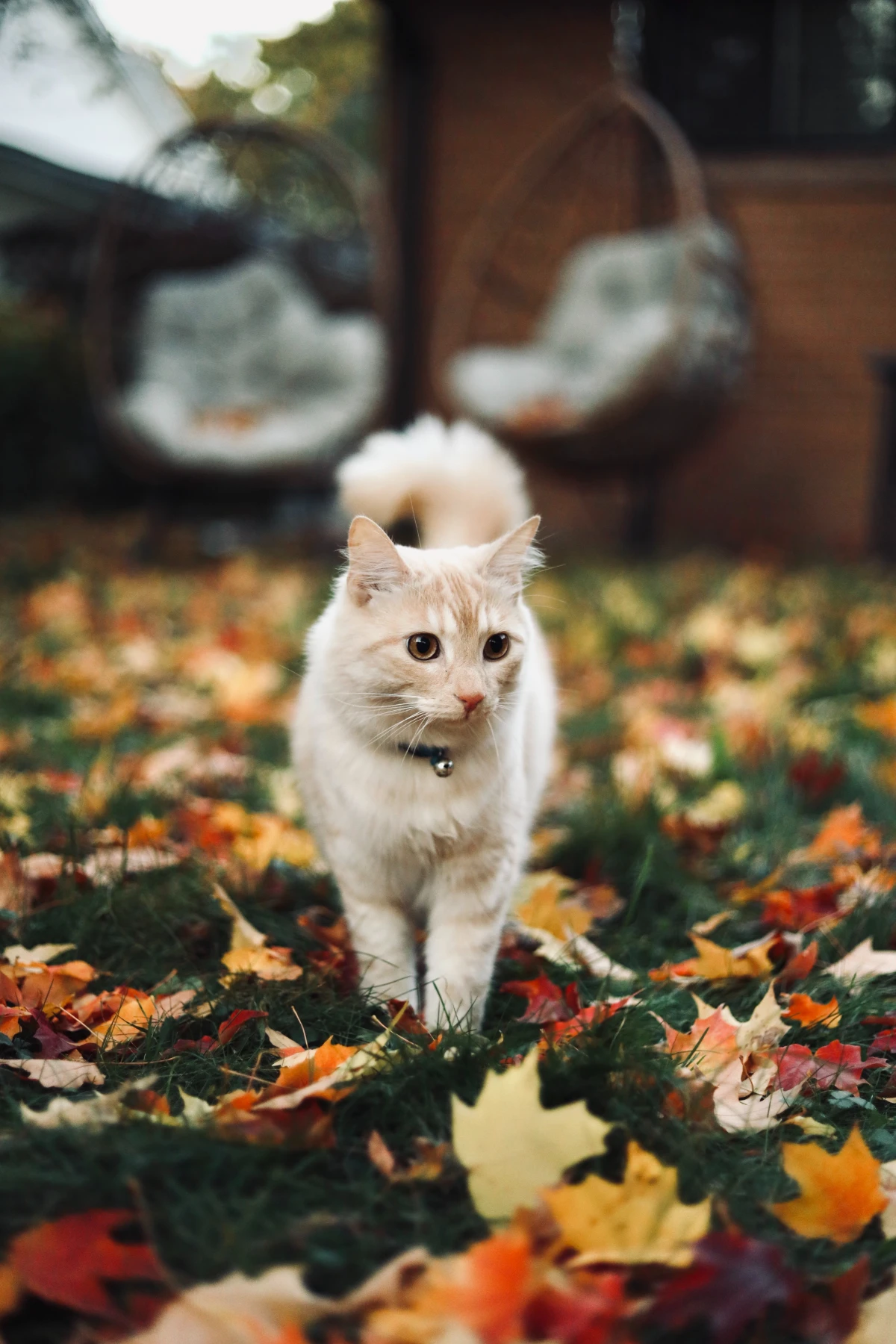
How to Prevent It (And What to Do if You Can’t)
Prevention is everything here. A good habit is to regularly check your garage floor and driveway for any neon green, pink, or yellow stains. If you see a leak, get it fixed ASAP. Always keep antifreeze jugs tightly sealed and stored high up on a shelf where there’s zero chance a pet could get to them. If you have a spill, cover it with cat litter to absorb every last drop, then scoop that up and clean the area thoroughly with soap and water.
Quick Tip: Look for antifreeze products that use propylene glycol instead of ethylene glycol. Brands like Prestone Low-Tox are a good example. While they’re marketed as ‘pet-safe,’ they aren’t totally harmless in large amounts, but they are significantly less toxic and a much safer choice to have in your garage.
Now, for the big ‘what if’. If you even think your pet might have licked antifreeze, it’s a five-alarm fire. Do not wait for symptoms. The antidote only works if it’s given right away, before the kidneys are damaged. An emergency vet visit for this can easily cost between $1,500 and $5,000, and that’s with no guarantee of a good outcome. A jug of safer antifreeze is about $25. The math is pretty clear.
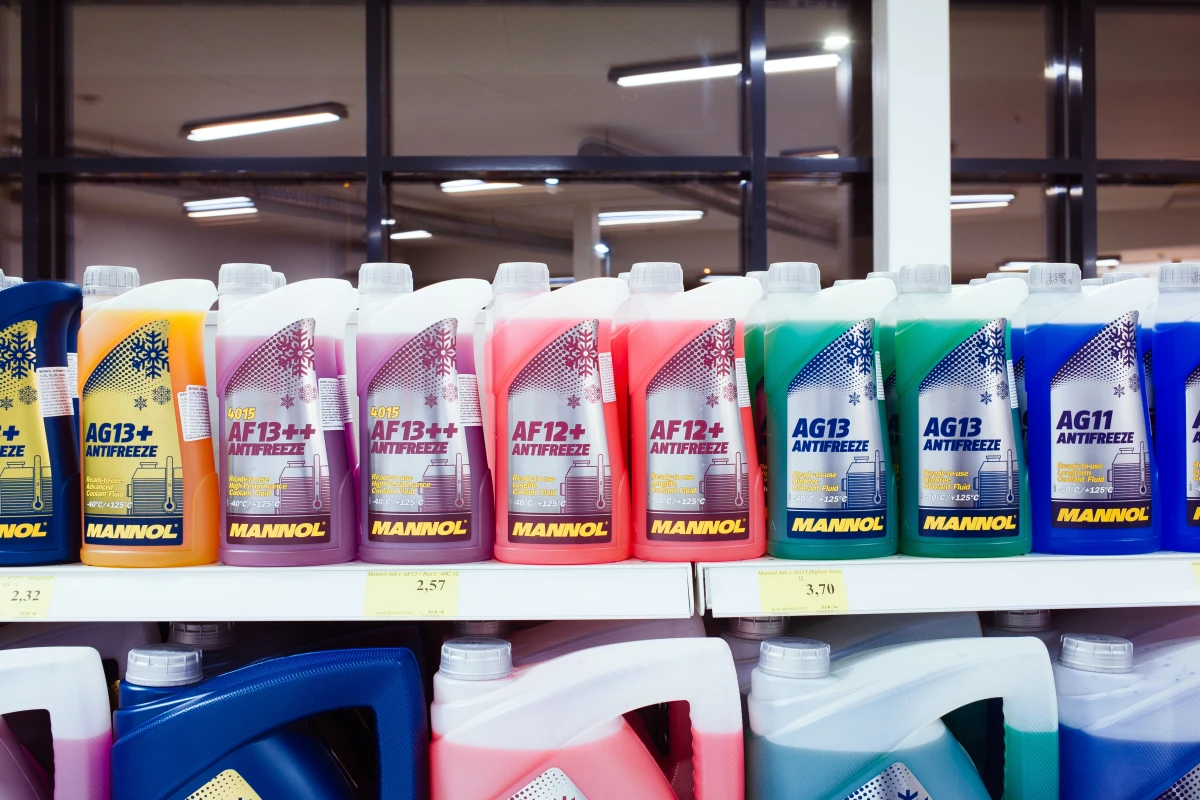
Oh yeah, and do this right now. Seriously. Stop reading and add these numbers to your phone’s contacts. You’ll thank yourself later.
- ASPCA Animal Poison Control Center: (888) 426-4435
- Pet Poison Helpline: (855) 764-7661
(Good to know: There’s usually a consultation fee, around $75-$95, but it’s worth every penny in an emergency).
Shorter Days, Bigger Risks: Visibility on Walks
As the days get shorter, our morning and evening walks suddenly happen in the dark. This is a huge risk factor for accidents with cars. A simple reflective collar is better than nothing, but it only works when headlights hit it directly. On a poorly lit street, that’s not good enough.
The pros use a two-part system for true safety:
- Active Lighting: This is something that makes its own light. Think LED collars, harnesses, or little clip-on beacon lights. They’re visible from a distance, no headlights needed. I’m a big fan of the rechargeable USB models from brands like Nite Ize; they’re reliable and you don’t have to mess with tiny batteries. A good one costs about $20-$30.
- Passive Reflectors: This is your backup. A vest or leash with high-quality reflective stitching lights up like a Christmas tree when a car’s lights do hit it. The combo makes you and your pup impossible to miss.
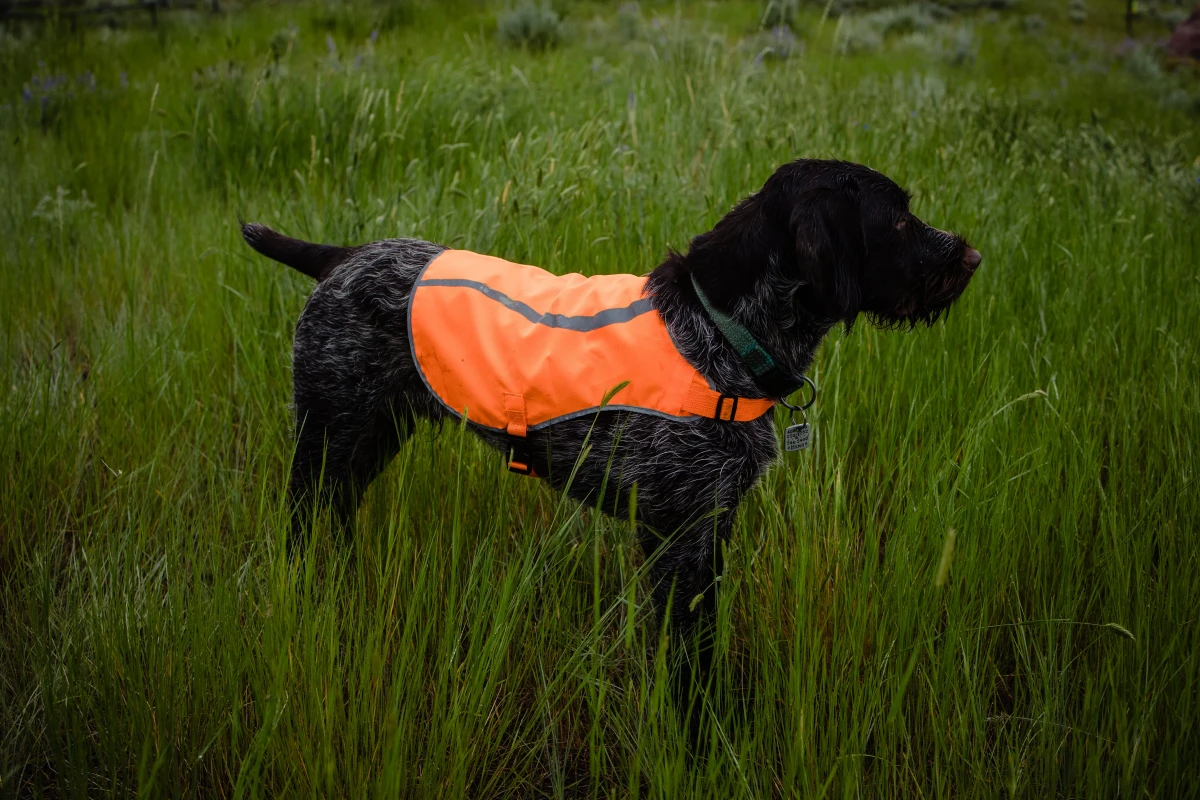
And it’s not just about cars. A thick blanket of fallen leaves can hide broken glass, sharp sticks, or holes in the ground. I’ve seen some nasty paw cuts from hidden yard debris. When walking on leaf-covered paths, keep your dog on a shorter leash so you can guide them around hazards you spot first.
Rodents, Mushrooms, and Other Hidden Toxins
When it gets cold, mice and rats try to move inside. This means more people put out rodent poisons, which are designed to be tasty and attractive… not just to rodents, but to your curious dog, too.
Understanding Rat Poisons (The Non-Table Version)
If your pet ever gets into one of these, knowing the type of poison is critical because the treatments are completely different. If you must use them, KEEP THE BOX.
Here’s the breakdown of the common types:
- The Blood Clot Blockers (Anticoagulants): This is the most common kind. It stops the body from using Vitamin K, which is essential for blood clotting. The scary part? Symptoms like lethargy, pale gums, or coughing up blood can be delayed for 3-5 days. The good news is there’s an antidote (high-dose Vitamin K1), but treatment can be long and expensive.
- The Brain Swellers (Bromethalin): This one is nasty. It’s fast-acting and causes the brain to swell. You’ll see neurological signs like tremors, seizures, or paralysis. There is no specific antidote, and treatment is often unsuccessful.
- The System Wreckers (Cholecalciferol / Vitamin D3): This type causes a massive spike in blood calcium, leading to severe, acute kidney failure and heart problems. It’s incredibly difficult and costly to treat.
Heads up! What if you find your dog chewing on a bait box but don’t have the original packaging? Don’t guess or wait. Get to the vet immediately. They can run tests to help figure out the type of toxin, but every minute counts.

To be frank, I advise everyone with pets to just avoid these poisons altogether. Modern snap traps are far safer and just as effective.
The Wild Mushroom Problem
Fall rain brings beautiful mushrooms, but some of them are deadly. The worst offenders are in the Amanita family (like the ‘Death Cap’), which contain toxins that obliterate the liver.
Like with some poisons, the symptoms are deceptive. A pet might have some vomiting and diarrhea that then goes away, making you think they’re fine. Then, a couple of days later, they crash with severe liver failure, which is almost always fatal. Because of this, the rule is simple: assume every single wild mushroom is poisonous.
If you see your pet eat one, try to grab a sample—wrap it in a damp paper towel and put it in a paper bag (not plastic!) to bring to the vet. But what if they ate the whole thing? Don’t waste time hunting for another one. Just get to the vet. They’ll likely induce vomiting and give activated charcoal to bind any remaining toxins, regardless.
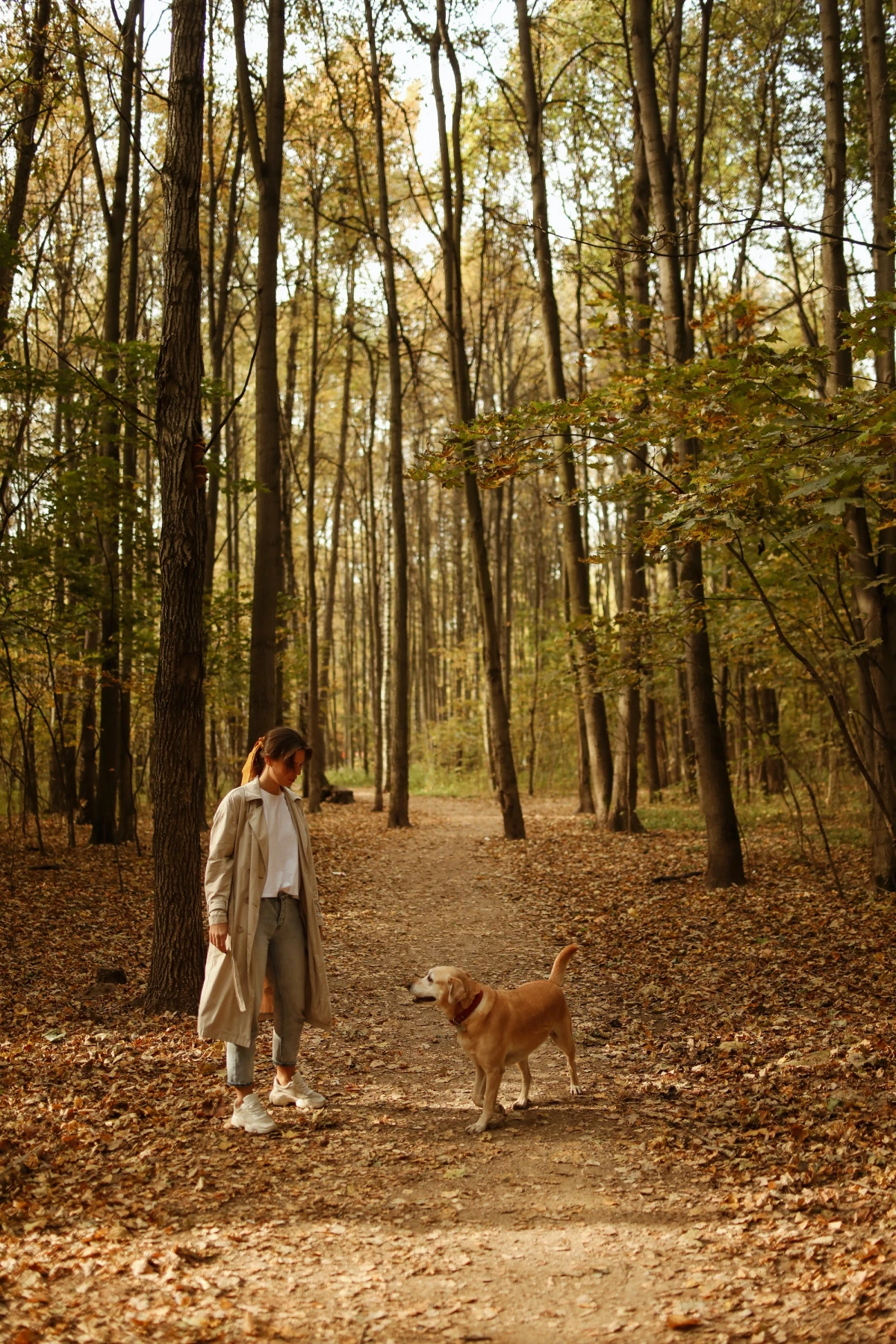
Holiday Dangers: Halloween & Thanksgiving
Holidays can be a sensory overload for our pets. The key is planning ahead to avoid a trip to the emergency room.
Your Halloween Checklist
- Candy Lockdown: Keep all candy bowls far out of reach. Chocolate is toxic, and the darker it is, the worse it is. But the real monster is Xylitol, a sugar substitute in gum, mints, and baked goods. Did you know a single piece of sugar-free gum can contain enough xylitol to cause life-threatening low blood sugar and liver failure in a 20-pound dog? Also, keep grapes and raisins away, as they can cause kidney failure.
- Decoration Dangers: Chewed-up plastic spiders can cause an intestinal blockage, and chewed electrical cords can cause burns or electrocution. Keep ’em out of reach.
- Doorbell Stress: The constant doorbell and strangers in weird costumes can be terrifying. Set up a ‘safe room’ for your pet with their bed, water, and a TV or radio to muffle the noise. It’s so much kinder than forcing them to deal with the chaos.

The Thanksgiving Table Minefield
The number one problem we see after Thanksgiving is pancreatitis—a horribly painful inflammation of the pancreas, usually triggered by rich, fatty foods.
What does it look like? A dog with pancreatitis will often have a painful belly, be hunched over, or even get into a ‘praying position’ (chest on the floor, butt in the air). They’ll also likely be vomiting and have no interest in food.
Here’s a quick cheat sheet for sharing:
Safe to Share (In Small Bits!):
- A few small pieces of plain, skinless, boneless turkey meat.
- A spoonful of plain pumpkin puree (NOT pie filling).
- Some steamed green beans or baby carrots.
Hard Pass – Keep These Away:
- Turkey skin, gravy, fatty trimmings, and cooked bones (which can splinter).
- Onions, garlic, leeks, and chives.
- Raw bread dough (it can rise in their stomach and cause a blockage and alcohol poisoning).
One Last Thing: Don’t Forget About These…
Beyond the big emergencies, the weather change itself can affect your pet’s health.
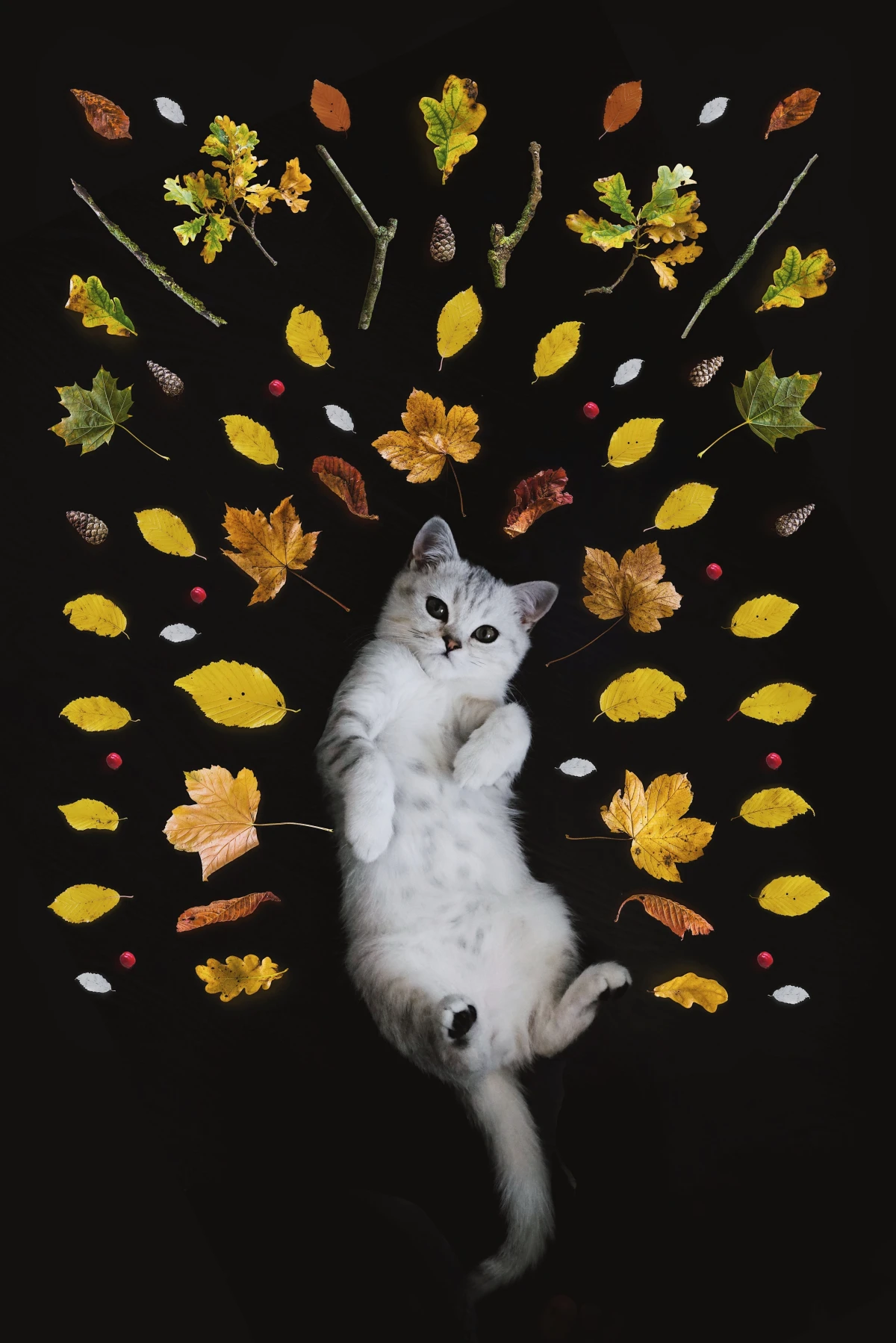
- Arthritis Pain: Just like with people, cold, damp weather can make arthritis flare up. If your older dog is slow to get up or hesitant on stairs, it’s not just ‘old age’—it’s pain. An orthopedic bed and a chat with your vet about pain management can make a world of difference.
- Fall Allergies: For pets, the main symptom of fall allergies (like ragweed or mold) isn’t sneezing, it’s a maddening itch. If you see constant paw licking or face rubbing, see your vet. They can get your pet some relief.
- Pesky Parasites: Don’t stop the flea and tick prevention! Many ticks are active anytime it’s above freezing, and fleas will happily live in your warm house all winter. Year-round prevention is the standard of care for a reason.
Your Quick Fall Safety To-Do List
Feeling overwhelmed? Don’t be. Just take 30 minutes this weekend and do a quick safety sweep:
- Check the driveway and garage for any antifreeze leaks.
- Make sure any rodenticides or chemicals are locked up or stored on a high shelf.
- Do a quick walk of your yard and clear away any leaf piles hiding sharp objects or holes.
- Test your pet’s LED collar or order one if you don’t have one.
By being a little proactive, you can avoid most of these autumn dangers. Of course, this is all about being prepared, but always trust your gut. If you’re ever truly worried about your pet, the best thing you can do is call your veterinarian or a local pet emergency hospital. They’re your best partners in keeping your furry family members safe and sound so you can both enjoy this beautiful season.
Inspirational Gallery
Over 10,000 artificial sweetener-related cases are reported to the Pet Poison Helpline annually, with a sharp spike after Halloween.
The main culprit is Xylitol, an ingredient found in sugar-free gum, candy, and some peanut butters. It’s extremely toxic to dogs, causing a rapid, life-threatening drop in blood sugar and potential liver failure. Always check labels before sharing any ‘human’ treat.
That festive bowl of Halloween candy is a minefield for pets. Beyond the well-known danger of chocolate, be aware of these hidden threats:
- Raisins & Grapes: Found in many baked goods, these can cause acute kidney failure in dogs.
- Macadamia Nuts: Often in cookies, they can cause weakness, vomiting, and tremors.
- Hard Candies & Wrappers: A dual threat of choking and intestinal blockage from the indigestible wrappers.
Are those mushrooms popping up in the yard dangerous?
Assume the answer is always YES. Foraging experts struggle to differentiate between the thousands of mushroom species, and many harmless-looking varieties can be lethal to pets. A single bite of the wrong mushroom, like the aptly named Death Cap (Amanita phalloides), can cause irreversible liver and kidney damage. It’s safest to clear them from your yard as soon as they appear.
A word on costumes: Your pet’s comfort and safety should always come first. A great costume allows for full range of motion, doesn’t obstruct their vision or hearing, and has no small, chewable parts that could be swallowed. If your pet seems stressed or anxious, a festive bandana is a much safer and happier alternative.
- Keeps paws from cracking and bleeding.
- Prevents toxic salt ingestion from licking.
- Avoids agonizing chemical burns.
The secret? Choosing the right ice melt before the first freeze. Skip the standard rock salt and look for pet-safer alternatives like Morton Safe-T-Pet or products containing Propylene Glycol instead of harsh chlorides.
As rodents seek warmth indoors, the use of baits and poisons increases. Crucial point: Many rodenticides are formulated to be tasty, making them attractive to curious dogs and cats. Even worse, a pet that hunts and eats a poisoned rodent can suffer from secondary poisoning. Always use traps or baits in areas completely inaccessible to your pets.
The cozy scent of autumn shouldn’t come at a price. Be cautious with liquid potpourri and essential oil diffusers. Many oils, including cinnamon, pine, and tea tree oil, are toxic to cats and dogs if ingested or even absorbed through the skin, potentially causing chemical burns and neurological issues. Opt for pet-safe simmering pots with simple ingredients like real orange peels and cloves.
Ticks don’t disappear with the first frost. In fact, some species, like the Blacklegged Tick responsible for Lyme disease, can remain active in temperatures as low as 4°C (40°F).
This means that fall hikes through leaf piles are prime time for picking up these pests. Don’t get complacent with your flea and tick prevention; a year-round plan using a product like Bravecto or NexGard, as recommended by your vet, is the best defense against tick-borne illness.
Chrysanthemums: These iconic fall flowers contain pyrethrins, which can cause drooling, vomiting, and diarrhea if ingested. While usually mild, it’s best to keep them out of reach.
Autumn Crocus: This is the dangerous one. Not to be confused with the spring crocus, this plant is highly toxic and can cause severe vomiting, organ damage, and bone marrow suppression.
When in doubt, check the ASPCA’s toxic plant list before bringing new fall foliage into your home or garden.
While they may seem like a fun, natural chew toy, acorns and conkers (horse chestnuts) pose a serious risk. They contain tannins, which can cause stomach upset and, in large quantities, kidney damage. More immediately, their size and shape make them a significant choking hazard and a common cause of painful, life-threatening intestinal blockages that require emergency surgery.










